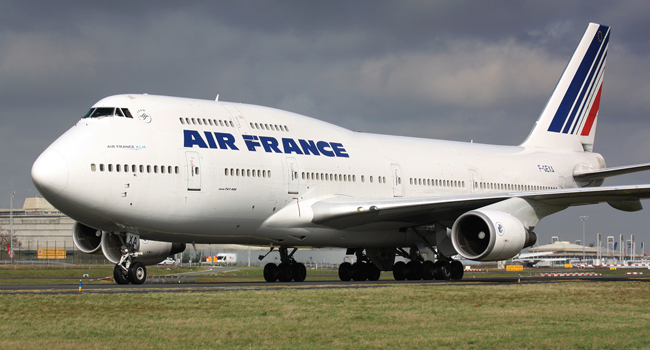
Two Air France Flights Diverted Due to Threats
Two Air France flights bound for Paris from the U.S. were diverted because of threats Tuesday night
Air France confirmed that a bomb threat motivated it to disrupt Air France Flights 65 and 55, both of which were heading to Paris from the U.S. The flights were diverted to Utah and Canada Tuesday night.
FBI and airport police began investigating passengers exiting the plane in Utah. More than a dozen emergency vehicles were waiting as the plane landed. All passenger bags were searched.
Air France posted a statement on Twitter late Tuesday saying both flights had been subjects of anonymous threats received "after their respective take-offs." It did not elaborate on the threats but said authorities would conduct an investigation to identify "the source of the telephone call."